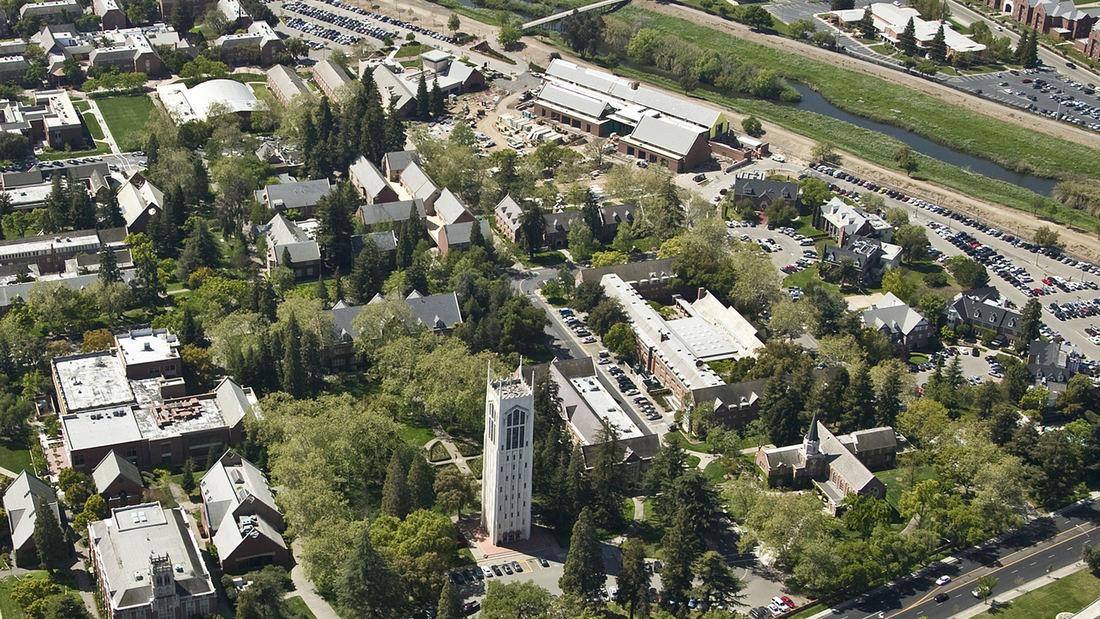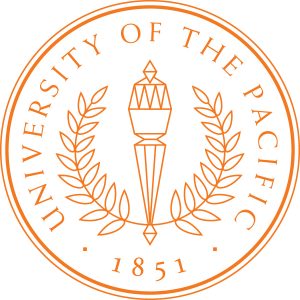University of the Pacific Library: Participatory Design & Ethnography – Stockton, CA

Sorensen Partners was participatory design workshop leader and ethnographer for the University of the Pacific (UOP) Libraries staff and leadership, and with the Department of Support Services / Physical Plant, in summer 2017 to facilitate understanding and discovery of Library staff and faculty interactions and workflows in relationship to members of the campus community and to other Library and campus departments.
The participatory design exercises were guided by the staff and faculty’s descriptions of their current interactions, objectives, and experience of the existing library; by our ethnographic understanding of the interests and experiences of UOP community members, which were conveyed to the workshop participants; and by thought and diagramming exercises in re-imagining how staff and faculty can create and participate in “Nurtured Learning Communities” within the library.
We conducted ethnographic interviews with student focus groups and “expert informants” representing a broad spectrum of UOP campus departments, schools, and program groups.
We used the concepts and information generated during the 4-day workshop to inform the ensuing Schematic Design phase of the library renovation, currently in process, led by Gensler’s San Francisco office.
Please see the University of the Pacific: University Libraries Renovation page for information about the status of the project.
The “Nurtured Learning Communities” name and concept are Copyright © 2017 Marie S.A. Sorensen, AIA and Sorensen Partners | Architects + Planners, Inc. Please see below for more information:
Nurtured Learning Communities
Inspired by the dual goals of (1) personalizing and bringing specificity to academic study areas and (2) locating nurturing staff and faculty as learning “Conveners” in close proximity to study spaces, Sorensen Partners | Architects + Planners, Inc. – working closely with our higher education clients – recommends academic libraries, departments, and schools consider a Nurtured Learning Communities model of space planning.
We specifically recommend considering this model for large undifferentiated group study areas that were formed during the 1990s and early 2000s trend of locating multiple desktop computers in a concentrated area as an “information commons” to both teach computer literacy and give students access to hardware and software.
Our ethnographic research and space planning work with university clients suggests that students will benefit from seeing multiple cultures and academic subject matters represented in the interior and architectural design of spaces (rather than these spaces being “neutral”) – and that, further, the consistent discursive presence of caring staff with discipline-specific knowledge will foster true community.
Nurtured Learning Communities may include a total seat count of 100 or more seats. These seats should be spatially separated into more intimate groupings of various sizes – from 3-5, to 8-12, 16, and 30. These seat counts are drawn from academic study group and classroom sizes that are programmed and shown to function well at universities nation-wide: ideal group study size (3-5 students); 8-12 (seminar group size); 16-30 (standard classroom size).
In Nurtured Learning Communities, faculty and staff “Conveners” are located so that offices border on the Nurtured Learning Community with some partially-transparent or translucent glass walls adjoining the two areas so that work conducted by “Conveners” is visible. Behavior patterns for faculty and staff needing quiet would be set up with “do not disturb” signs or other communication protocols. Faculty and staff break rooms would be located behind and adjacent to a cluster of offices.
We look forward to continuing to share the results of our work on Nurtured Learning Communities.
Copyright © 2017 Marie S.A. Sorensen, AIA and Sorensen Partners | Architects + Planners, Inc. – August 1, 2017

